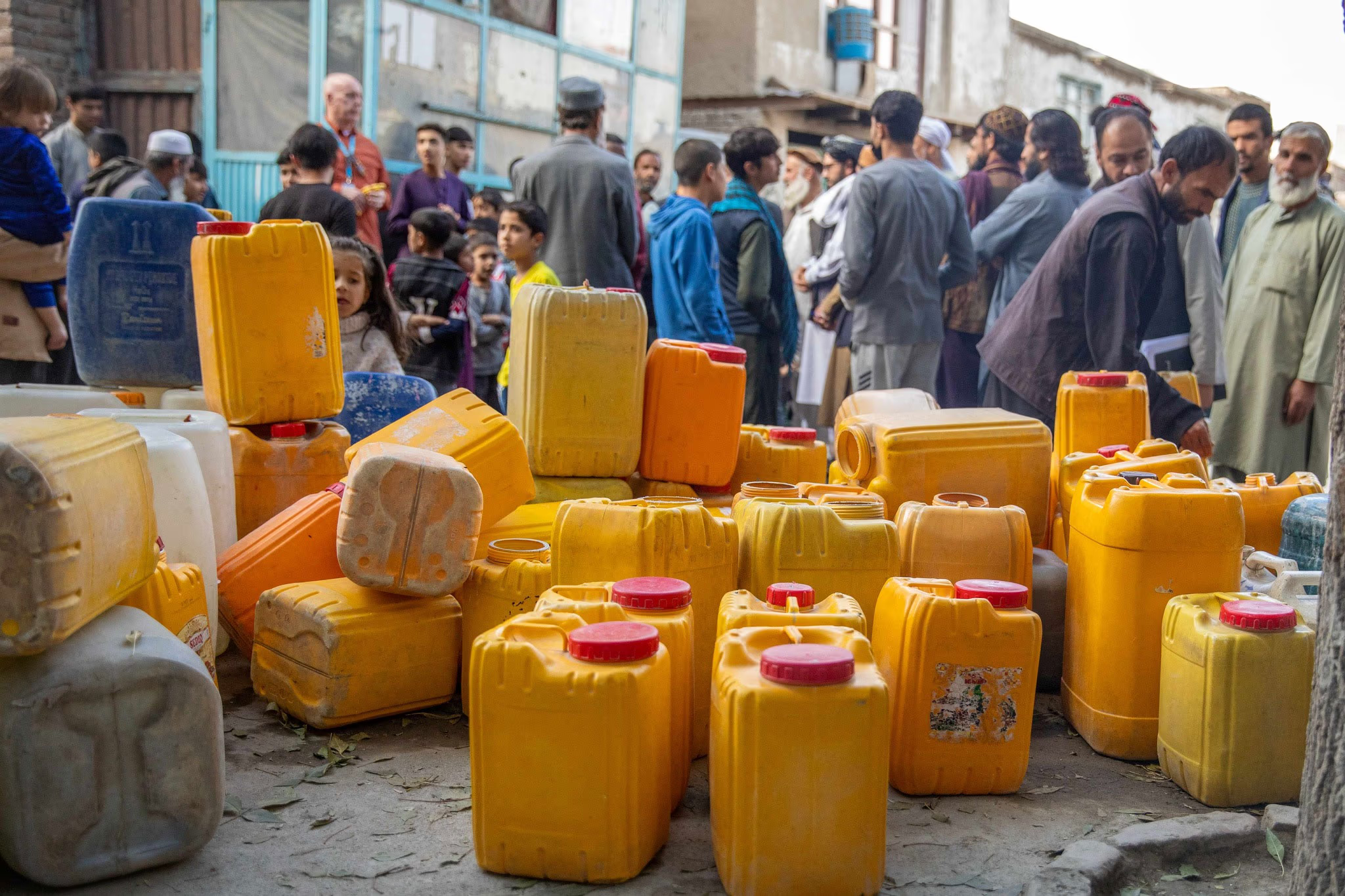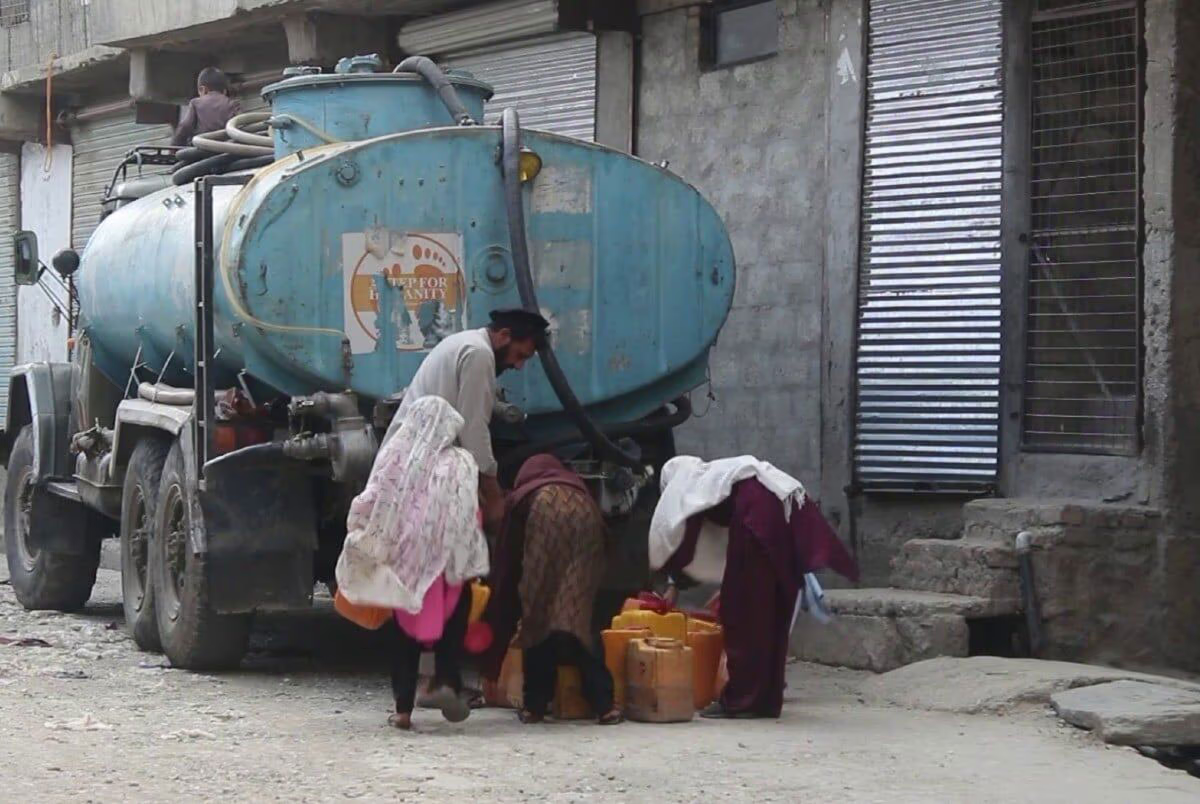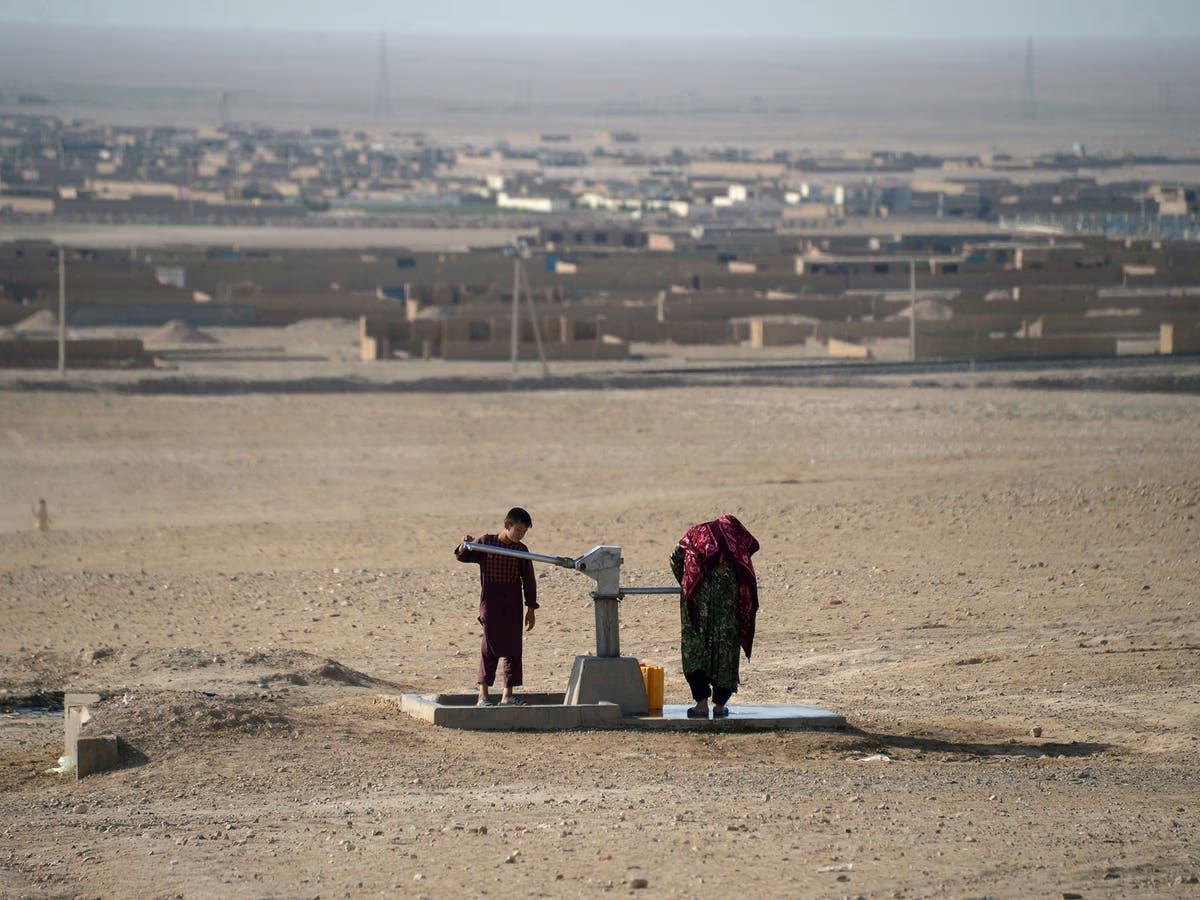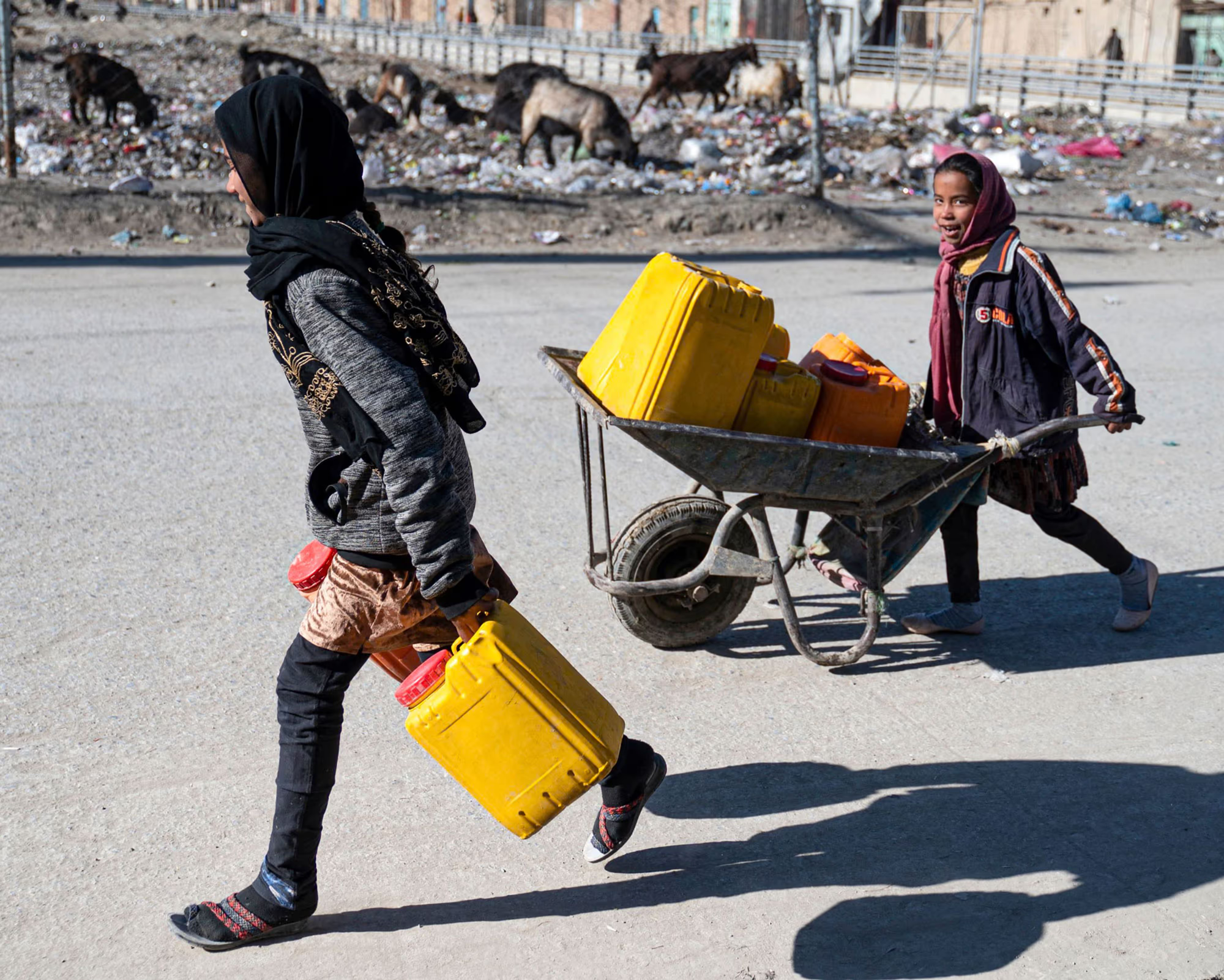Kabul may become the first modern city to completely run out of water—that’s the stark warning from experts raising alarms about an impending environmental catastrophe.
According to a report by the humanitarian organization Mercy Corps, the groundwater level in the Afghan capital has dropped by 30 meters over the past decade. The causes: rapid urbanization and the effects of the climate crisis. Nearly half of the city’s artesian wells—on which Kabul’s water supply depends—have already dried up. Meanwhile, annual water consumption exceeds the natural recharge rate by 44 million cubic meters.
If nothing changes, Kabul’s aquifers could be entirely depleted by 2030—posing an existential threat to the city’s seven million residents.
"We need to systematically document what’s happening and draw international attention to the crisis," said Dane Curry, director of Mercy Corps’ Afghanistan office. "If there’s no water, people leave their homes. Ignoring Afghanistan’s water needs will only accelerate displacement and deepen local suffering."

Queue for drinking water in Kabul.
The Mercy Corps report also highlights another large-scale issue—water contamination. Up to 80% of Kabul’s groundwater is deemed unsafe for consumption due to high levels of wastewater pollutants, salinity, and arsenic.
Access to water in the Afghan capital has become a daily struggle. Some families are forced to spend up to 30% of their income solely on water, and more than two-thirds of households have already accumulated water-related debt.
"Afghanistan faces many challenges, but water scarcity is among the most severe," says Nazifa, a schoolteacher from the Khair Khana district. "Everyone is affected, especially low-income families. There is simply no clean well water."

Drinking water truck in Kabul.
Amid the crisis, some private companies are profiting from disaster—drilling new wells, extracting water from public reserves, and selling it to residents at inflated prices. "We used to pay 500 afghanis (about $7.20) every ten days to fill our canisters from a water truck. Now, for the same amount of water, we’re paying 1,000 afghanis," says Nazifa. "The situation has gotten much worse over the past two weeks. We’re afraid prices will keep rising."
Kabul’s population has grown sevenfold—from under one million in 2001 to more than seven million today. This demographic surge has radically altered water demand. Decades of absent centralized management and regulatory oversight have only deepened the crisis.
In early 2025, the UN Office for the Coordination of Humanitarian Affairs reported that its partners had received just $8.4 million out of the $264 million needed for water and sanitation programs in Afghanistan. An additional $3 billion in international funding remains frozen following the Taliban’s return to power in August 2021. A recent U.S. decision to cut more than 80% of USAID funding has only worsened the crisis.
"The entire system depends on humanitarian assistance," Dane Curry emphasized. "You can pour millions into short-term solutions, but the need won’t go away until there are serious investments in long-term infrastructure. And that’s where most governments stop—because of politics."

Water well in Kabul.
"Water is a human right and a natural resource of Afghanistan. It’s not a political issue," says Nazifa. "My heart breaks when I look at the wilting flowers and fruit trees in the garden. But what can we do? We’re under martial law, and we can’t just go and file a complaint with the government."
One project that could reduce Kabul’s dependence on groundwater is a pipeline from the Panjshir River, which would supply drinking water to up to 2 million people. The planning phase was completed in late 2024, but implementation has been frozen pending a budget decision. The government is seeking additional investment beyond the $170 million already needed to complete construction.
"We don’t have time to wait for someone to approve the budget," says Dr. Najibullah Sadid, a water management expert and member of the Afghan Water and Environment Network. "We’re already in the eye of the storm—and we won’t get out unless we act immediately."
"People in Kabul are having to choose between food and water. And yet, despite everything, they are willing to spend their last resources on a sustainable solution. The priority is any project that delivers the most impact in the shortest time. The key is to start somewhere."
